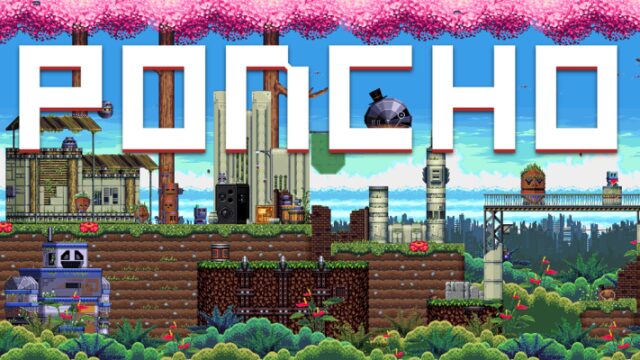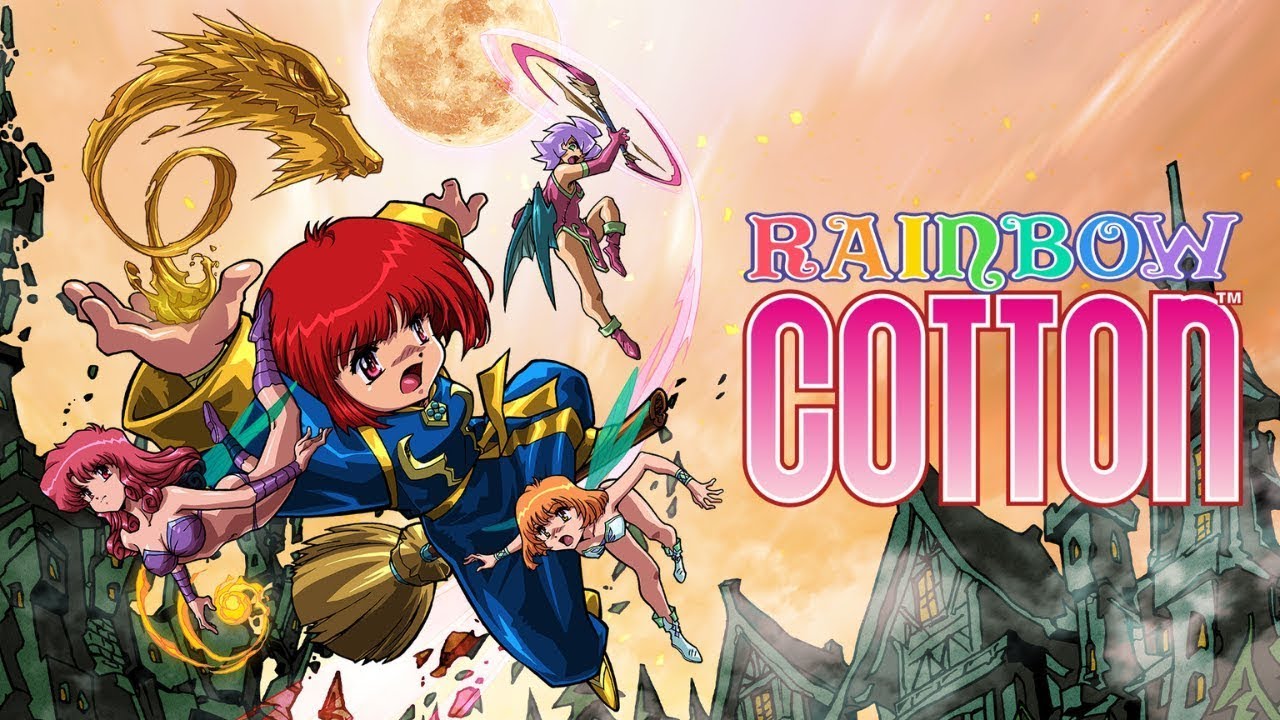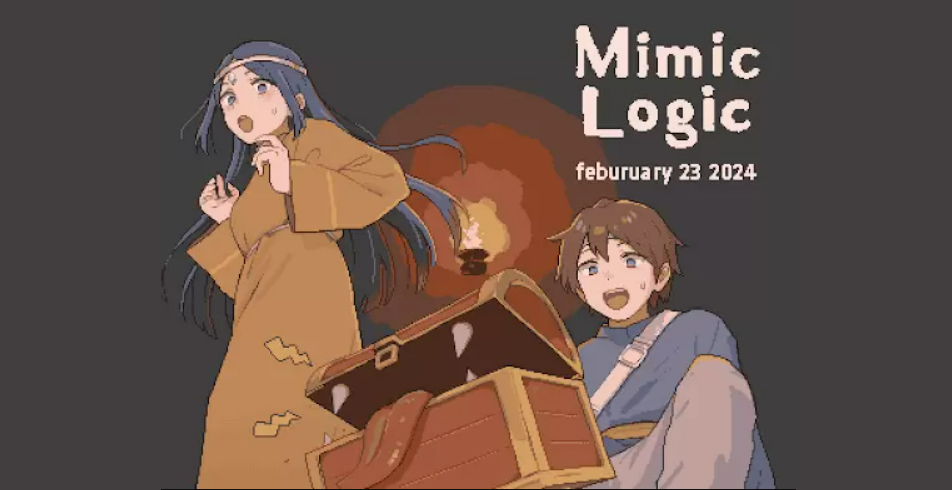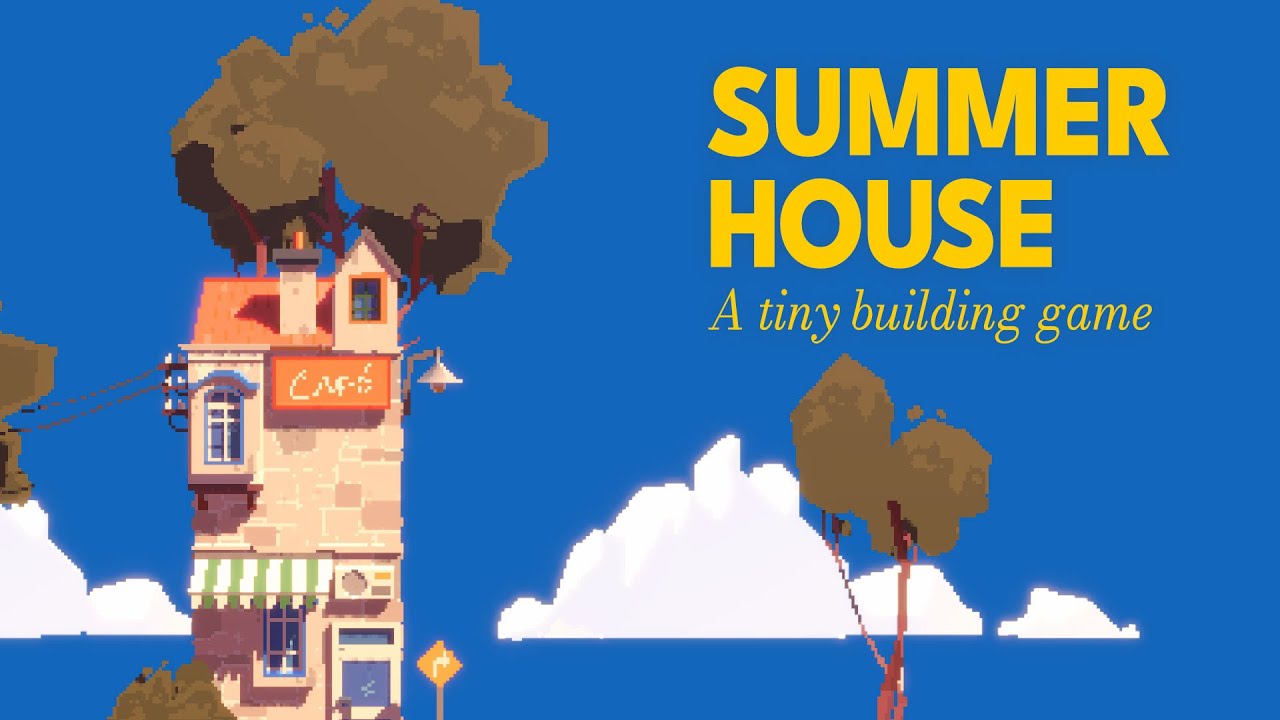A robot, a poncho and a post apocalyptic journey of discovery highlight this lovely eShop title on the Wii U from Delve Interactive and Rising Star Games.
Poncho is a pixelated parallax platformer that has the player solving some mind-bending puzzles across a number of stages. On the surface Poncho looks like one of those pixel based retro platformers that have been all the rage over the past few years, but Poncho holds something special just under its quite pretty surface.
You play as the titular hero, a robot that is distinguished by his awesome looking poncho. You activate in a lab (much like Mega Man X did) only to find out that the world has ended. Everything around you is in ruin; mankind long gone with only robots surviving as nature takes back the planet. Poncho is one such robot, but he has this innate desire to want to climb the Red Tower that holds some secret to his creation, his creator, and the possible saving of humankind. Nothing revolutionary in terms of story, but it’s enough to keep you going.
The game plays like most side-scrolling platform games that you are probably used to and has you exploring a lush landscape, collecting gems that are used as currency by the remaining robot population. Collecting enough of these will allow you to purchase keys from certain robot vendors that open up new areas of the game. These keys come in three colors and you can chose them at will in the shop. Certain areas require certain keys, so depending on which you buy your path may alter slightly.

But what makes Poncho really unique is the leaping between parallax layers that can be done with the press of one of the shoulder button. Tap the right trigger/bumper and fly into the foreground and tap the left trigger/bumper to fly into the background. This mechanic is used heavily throughout the adventure to overcome obstacles and solve all kinds of interesting puzzles. It plays a lot like Wario Land on the Virtual Boy (probably not the best reference since nobody other than myself and 4 other people played that game) and it will cause your brain to hurt. It’s not that the puzzles are insanely difficult or anything, but because video games haven’t trained our brains to think in terms of the space that Poncho can move between.
The information that comes with the game says Poncho is a 2D world that requires 3D thinking and I think that’s pretty spot on. It does take a little while to get into the groove of things, but once you do the game really opens and forces you to think in new ways. Along with Poncho being able to shift between layers, parts of the world can also shift along these lines. There are platforms that move in and out of layers and require you to have some real pinpoint accuracy to get past and others that you must trigger by jumping in and out of layers. Poncho really offers up more of a challenge than one might expect from a game like this. There were several times where I ran into a spot that I thought had no solution until I tried things out of my comfort zone and advanced. But with that experimentation comes a lot of deaths. Poncho has infinite lives and reappears close to where you die, so it’s not as frustrating as it seems and allows you to keep trying new things.
The music is also something really special that many will want to download and listen to outside of the game. There are a lot of little details in the sound effects that fill up the world and make playing a joy. The sound also helps calm and relax you as you replay a section over and over again. I even ran into a special hidden area of the game where a cute little hamster sang a song about a casserole. It’s really weird, but I couldn’t help listening to it more than a few times. The audio as a whole is simply outstanding and much of it is still stuck in my head.

All that praise aside, Poncho isn’t perfect; at least not on the Wii U. There were a few times where the framerate took a hit when things got busy. It wasn’t anything that killed the game in any way, but it happened and I have to mention it. It’s also clear that this is a port and not tweaked for the Wii U in any way. This isn’t a big deal but it is a shame that the team didn’t implement a second screen of any kind. You either play on the TV with a large white screen on the gamepad, or the other way around. It’s really bothersome and could have been easily fixed by tossing up something. Perhaps your current key and gem count along with a world map. I don’t know, but anything aside from the distracting bright white screen we get would have been great.
I also have to note that the layer shifting mechanic, on which the entire game is based, still needs some work. Because we aren’t playing in a 3D space each layer is laid on top of each other while playing. This works most of the time, but sometimes foreground objects will interfere or outright obstruct your view on another plane. This is probably the most frustrating thing about Poncho as it leads to cheap deaths and confusion on where you need to be/go when you get lost in the mixed up layers.
Still, Poncho does deliver something really cool as a whole and there is enough here for the developers to tweak and adjust if they decide to make another game like this; which I of course hope they do. The Wii U is pretty much dead at this point, but it’s nice that there are still developers out there bringing out games for the platform. And it’s even better when those games are solid titles like with Poncho.
*A Copy Was Provided For This Review*




